Sustainability Self-Guided Tour
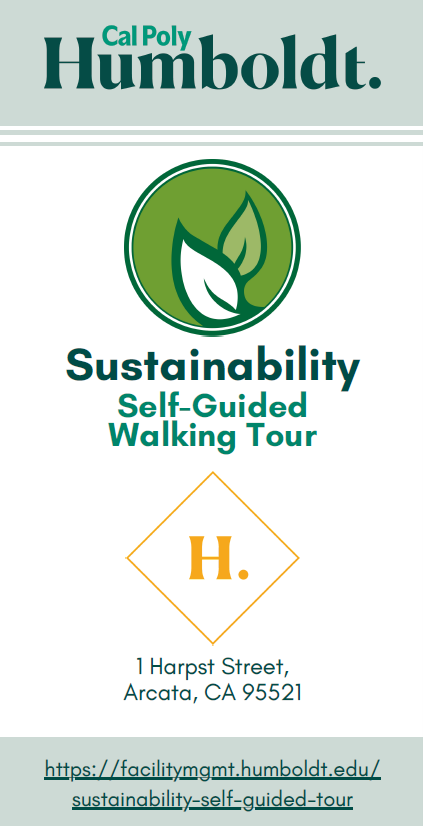
Cal Poly Humboldt is located within the unceded territory of the Wiyot people. Arcata specifically is known in Wiyot language as "Goudi'ni," meaning "over in the woods." Land acknowledgements must be matched by action and we therefore ask that all visitors engage with Dr. Cutcha Risling Baldy's recorded lecture "What Good Is a Land Acknowledgment?" and consider donating directly to the Wiyot Tribe at http://www.honortax.org/. We also stand in solidarity with those fighting for Indigenous sovereignty and self-determination everywhere.
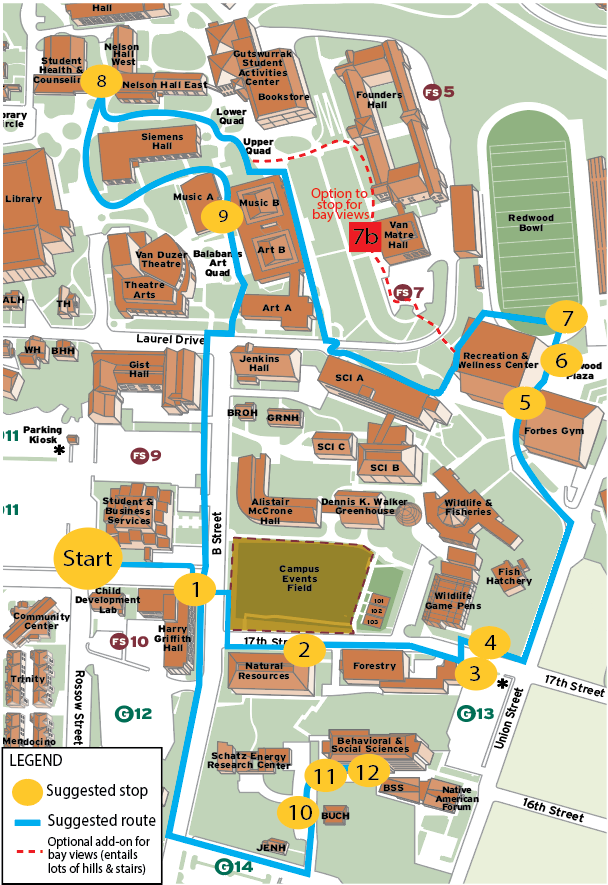
#1. Bike Share (north-east corner Harry Griffith Hall): Cal Poly Humboldt partners with the City of Arcata to offer a quick, convenient, and low cost method for the community to rent and ride bicycles for transportation. Students, staff, and faculty can unlock bikes from docking stations (located outside Harry Griffith Hall and at the bottom of the Jolly Giant Commons on campus and in town in Arcata). Annual student memberships cost $20, with trips being free under an hour or $1.50 per 30 minutes after that.
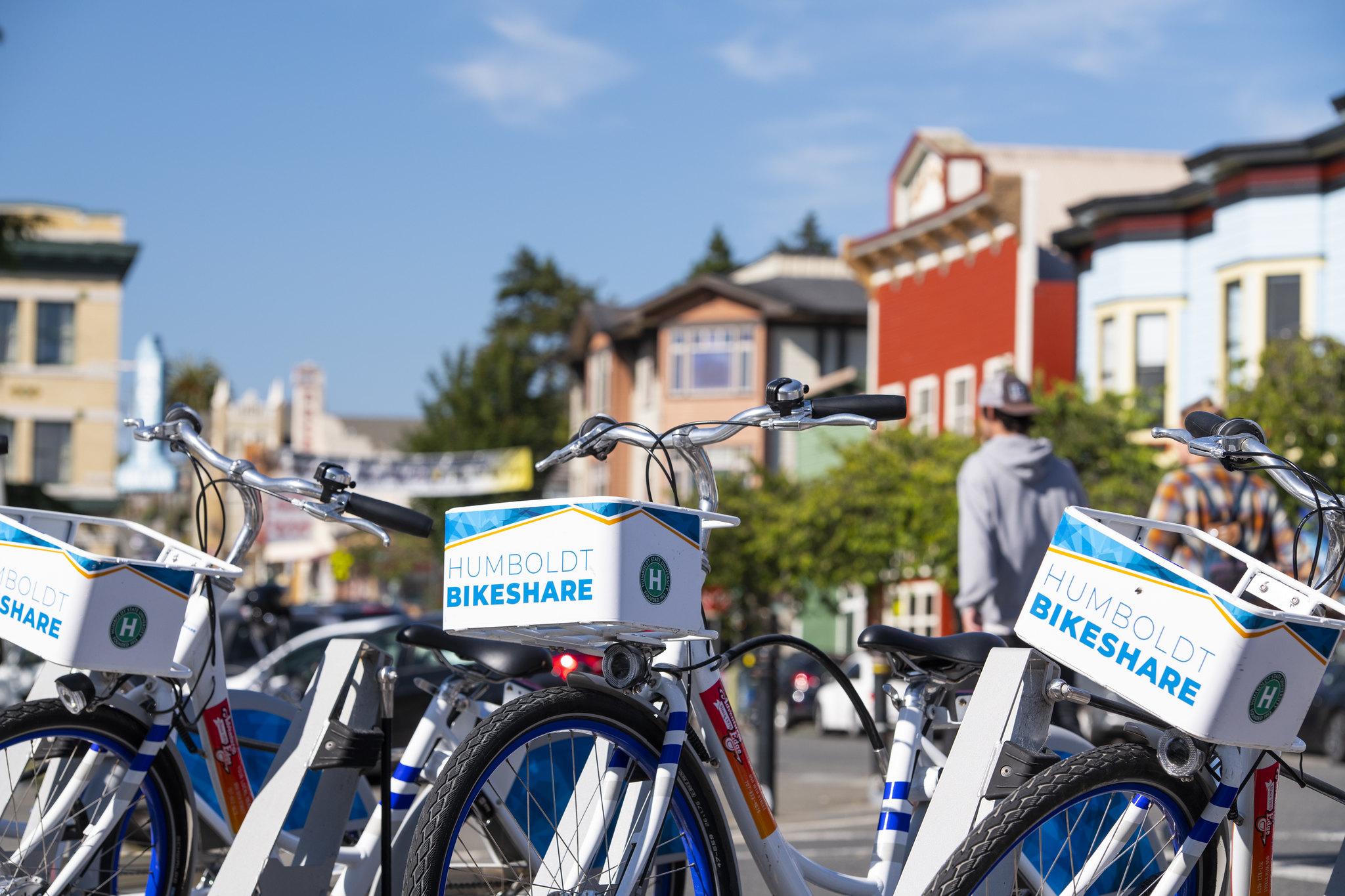
#2. Compost Bins (north main entrance to Natural Resources Building): Students voted forward fee money to fund some of the first compost collection bins at the campus in 2009. Items accepted in our compost stream include all food waste and organic materials, including veggie and fruit scraps, meat, bones, dairy, culinary oils, and food-soiled paper/cardboard. In 2022, Cal Poly Humboldt diverted 77.25 tons of food waste from landfills by composting it, (or 154,500 lbs), which prevents roughly 72.5 metric tons of carbon from being emitted to the atmosphere.
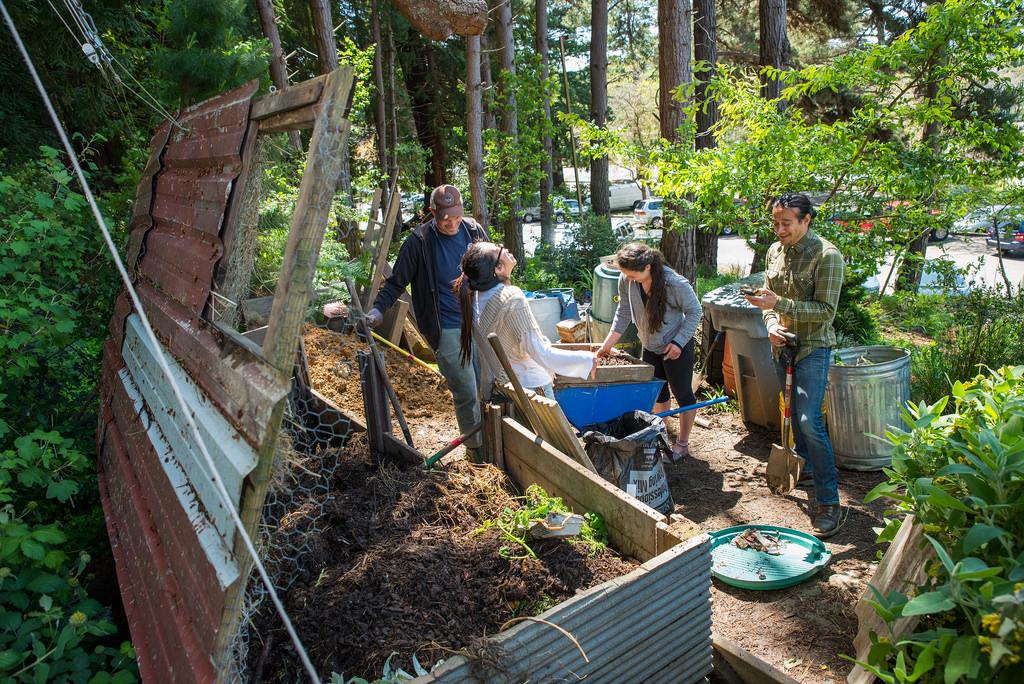
#3. Bioswales (north-west corner of G13 parking lot, southwestern perimeter of G14 parking lot across from game pens & fish hatchery): In 2015, campus partnered on a $1.4 million grant with the City of Arcata and Northern Humboldt Unified School District to fit three parking lots with natural water filtration systems. These designs use low impact development (LID) standards to capture and filter out oils and particulates from parking lots as the water washes through wastewater drainage systems on it's way to the Humboldt Bay. The project implemented planter-like gardens bordering three parking lots and included planting nearly 3,000 plants, mostly from the rush and sedge families.
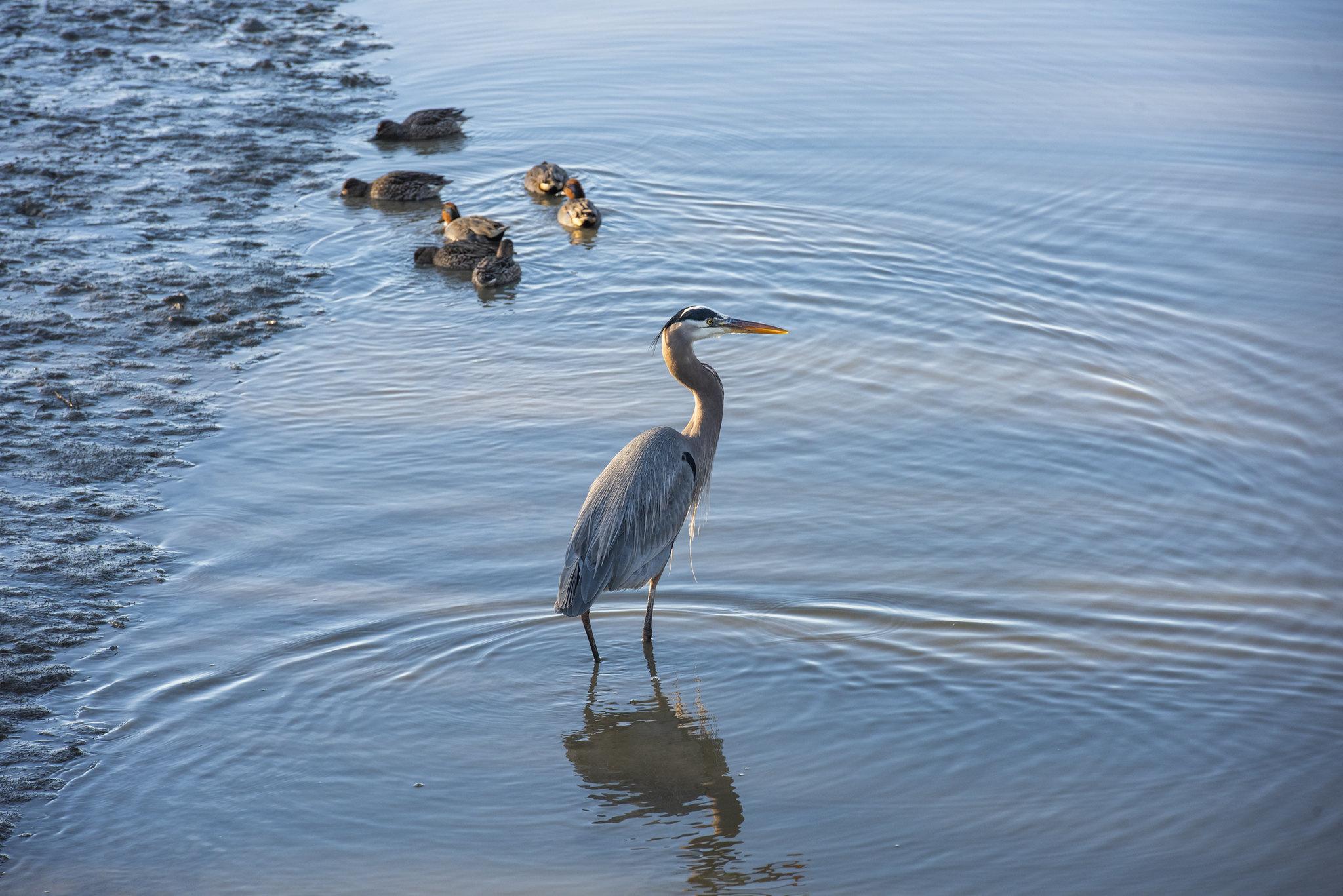
#4. Fisheries Pumps (north-west corner of 17th and Union Streets): In 2022, campus replaced two old, single speed water pumps at the Fish Hatchery site with premium efficiency pumps that had variable frequency drives and a new control system that drives greater system automation. This project allows the flow of water to be cycled up and down based on need, thereby saving energy. It also expands the number and type of fish that can be grown and studied at the campus.
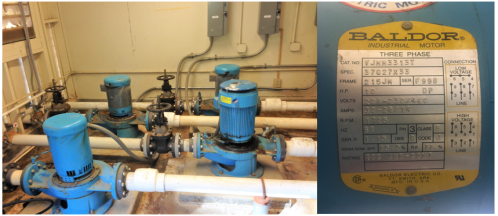
#5. Bicycle Learning Center (B.L.C.; located in covered breezeway between the Rec & Wellness Center and Forbes Gym, just south of the Redwood Bowl): The Bicycle Learning Center is a branch of the Waste Reduction & Resources Awareness Program (WRRAP), which is funded by Associated Students. Students can bring their bikes to the BLC shop to access no-cost bicycle maintenance help, including parts, tools, and instruction from fellow students. The BLC educates and advocates for the safe use of bicycles as an affordable, healthful andsustainable form of transportation and recreation and strives to empower a community of bicyclists to feel confident cycling.
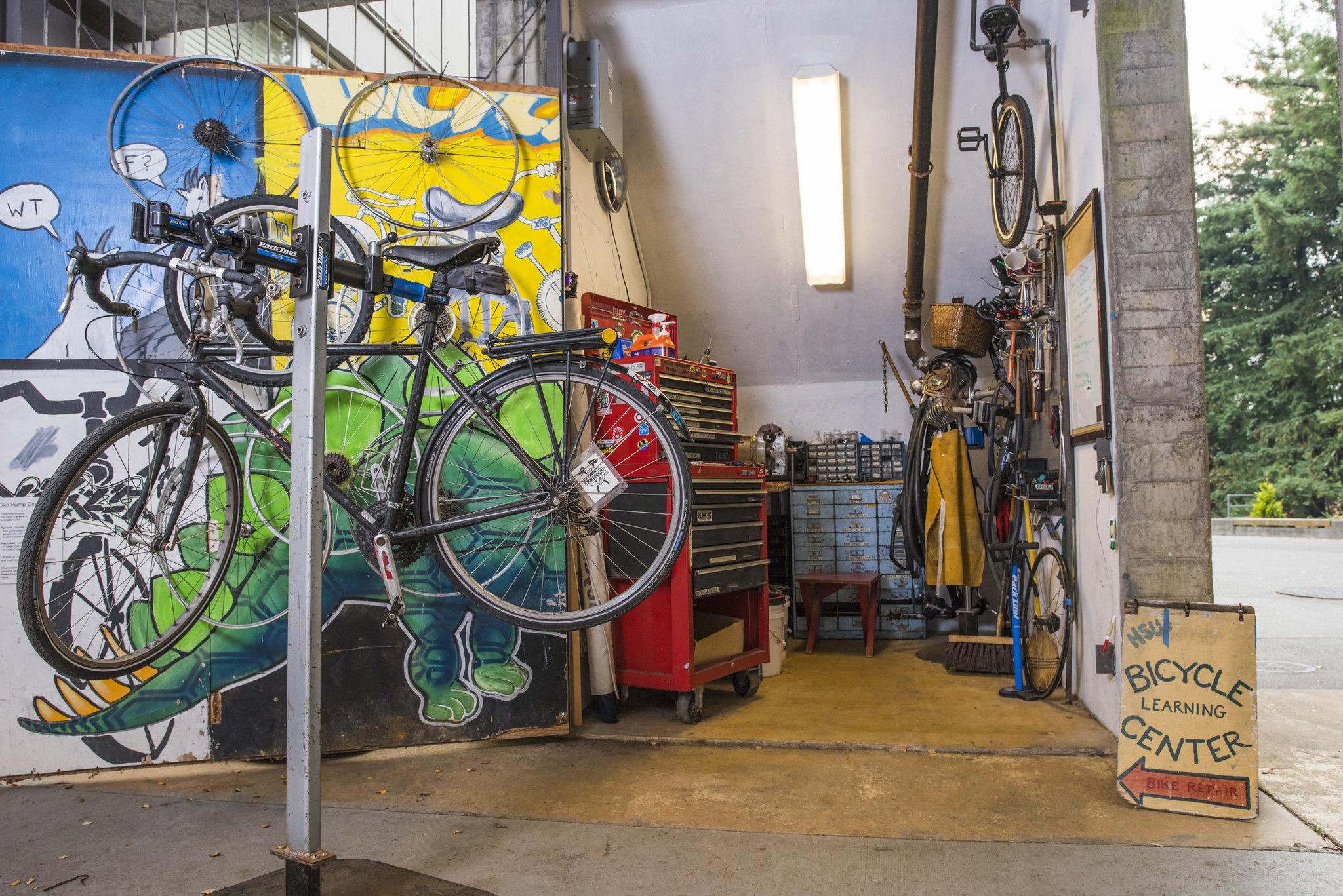
#6: Water Bottle Filling Stations (outdoors on the Redwood Plaza, east wall of Rec & Wellness center near the track): In 2011, Cal Poly Humboldt decided to ban the sale of single use plastic water bottles following a student campaign called Take Back the Tap. Prior to the ban, roughly 20,000 bottles were sold on campus annually. In alignment with the ban, students called for installation of bottle filling stations. Campus now has as many as 24 stations installed throughout campus. See map of bottle filling stations here.

#7. Redwood Bowl Lighting (large, pole mounted exterior lights in the Redwood Bowl): In 2009, the Humboldt Energy Independence Fund allocated approximately $80k to help Facilities Management fund a lighting retrofit in the Redwood Bowl. The project added a monitoring system, reduced the amount of energy used to light the field, and mitigated the impact of lighting pollution to nearby neighborhoods and the adjacent wildland interface by delamping and installing more efficient fixtures. The project was estimated to cut costs by one-third (or roughly $8,000/year) and save roughly 361 metric tons of carbon dioxide over a 25-year period.
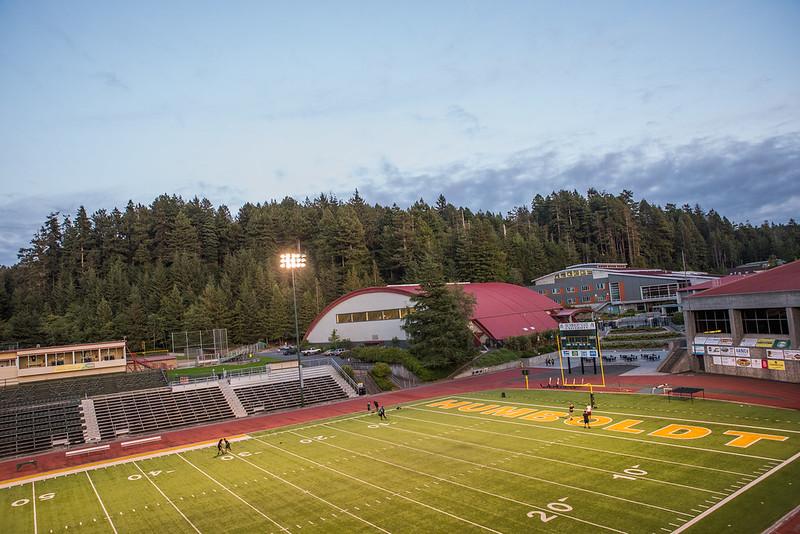
#7b. (OPTIONAL) Views of the Humboldt Bay: If feeling up to taking some stairs and trekking to the top of campus, take a diversion toward the front of Van Metre Hall and Founders and look out to the south-west direction between trees to see some breathtaking views of the Humboldt Bay. This is one of the best spots to reliably see the water and on a clear day you can see all the way to Eureka and sometimes to the beach in Samoa! The Humboldt Bay was historically called "Wigi" by the Wiyot people. The Wiyot believe this place was and still is, the center of their culture. From their website (https://www.wiyot.us/; accessed on 7/31/2023): "Wiyot people lived in permanent villages along the waterways which also served as travel and trade routes. Seasonal camps were made on the tribal lands and prairies, and mountainous regions provided berries, acorns, pine nuts, wild game, and basketry materials. Wiyot people actively managed their resources, burning for open grasslands, cultivating edible bulbs, and following strict hunting and fishing protocols."

#8: Reusable Office Supply Exchange (R.O.S.E.; located on the second floor of Nelson Hall West): R.O.S.E is an on-campus source for free office andschool supplies available to the campus community.Cal Poly Humboldt departments and studentsdonate these supplies. on average R.O.S.E savesDuring the Fall 2019 semester, students saved over$11,000 by getting materials from ROSE anddiverted approximately 1,528 pounds of waste from the landfill.
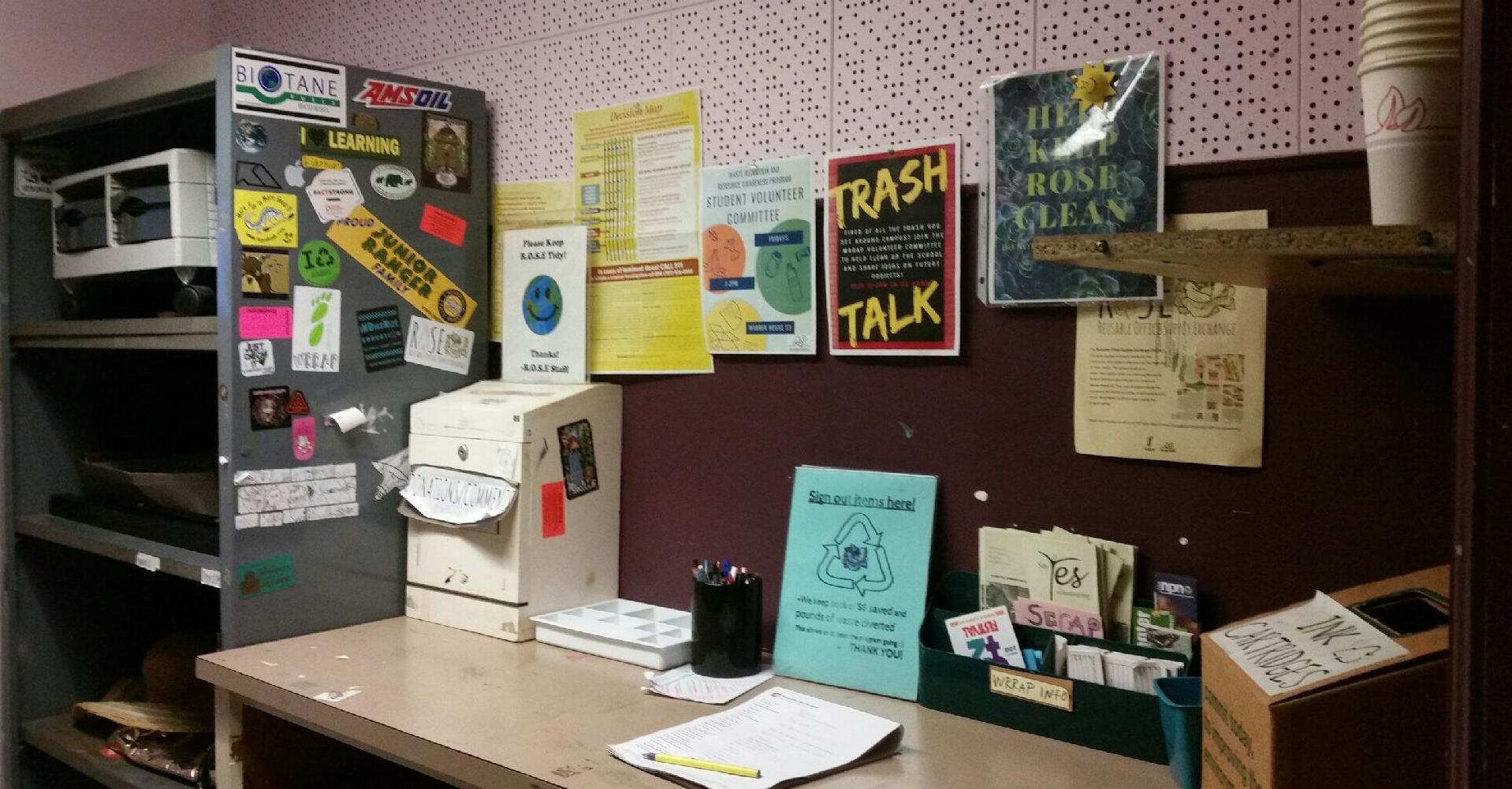
#9. Solar Array Music A (eastern part of Music A roof, view from stairs going into the SAC or from Art Quad): In 2008, a team of students proposed the installation of a solar photovoltaic array on top of the Music A building. The final installation of the 11.4 kW (DC) grid-connected system consisting of 60 panels. A small group of students was hired to help the solar contractor install the array. It is the first on-site solar energy project at the campus.
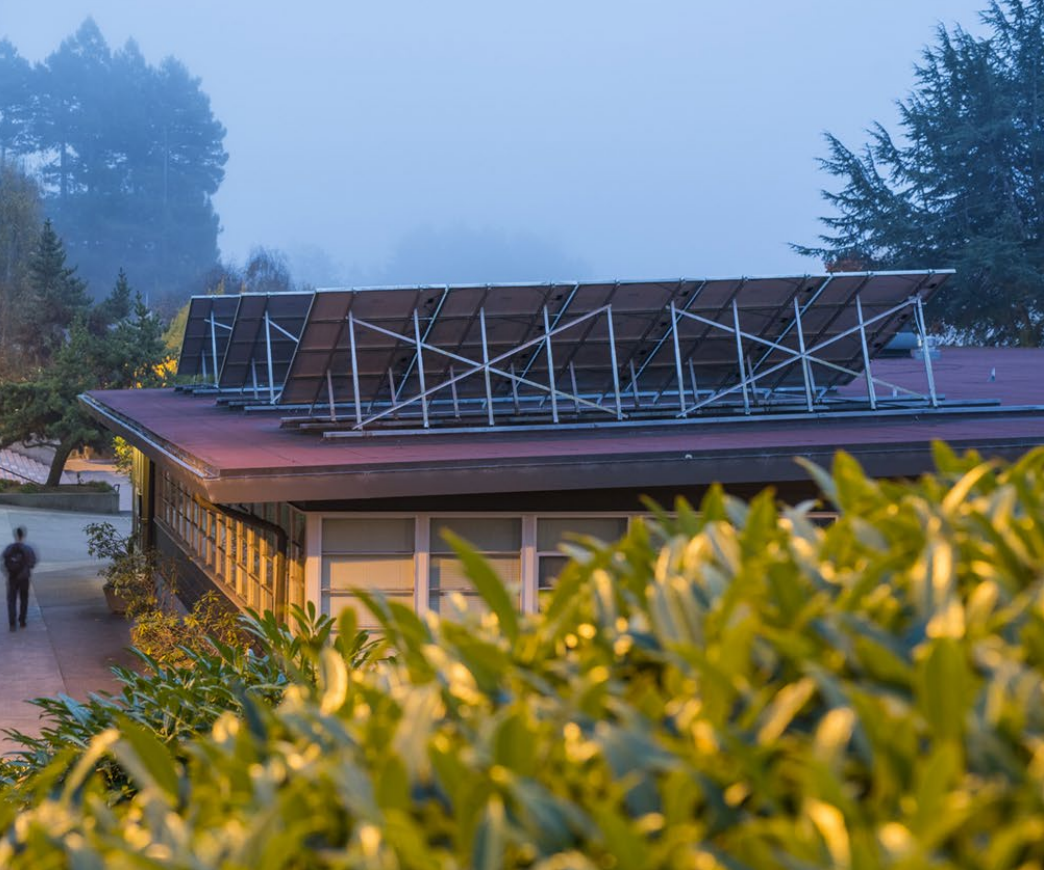
#10. CCAT (Buck House, located just on the southern slope down from the BSS): The Campus Center for Appropriate Technology (known as CCAT) was conceived in 1978 as a demonstration home and educational center for sustainable living. The goal of CCAT is to demonstrate appropriate tech in a residential setting, provide hands-on experiential learning, and examine the ethical and social consequences of technology.
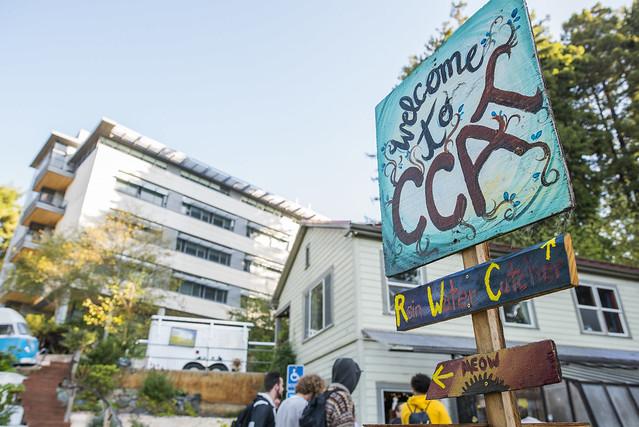
#11 Food Sovereignty Lab (located directly south of the Behavior & Social Science Building and just atop the hill north of CCAT): In 2019, students in Native American Studies 331 had a vision for a project that would re-indigenize the campus while bringing lasting benefits to thecommunity, building partnerships across campus, and reconnecting students with place. Their efforts brought forth the Rou Dalagurr Food Sovereignty Lab & Traditional Ecological Knowledges Instituute which is dedicated to the learning, research, hands-on practice and preservation of food sovereignty, Traditional Ecological Knowledges,and Indigenous Science.
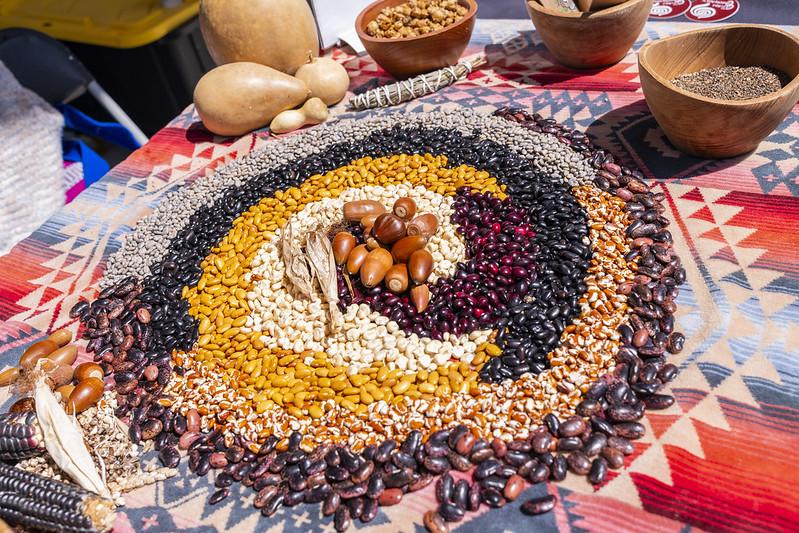
#12. LEED Gold (BSS, located on top of hill above Schatz, just south of Natural Resources Building): The Behavioral & Social Sciences (BSS) Building was designed by a Portland architectural firm to meet LEED Gold standards. LEED elements of the building include: rainwater collection for toilets, increased number of windows for natural lighting, recycled steel girders and foundation materials, reduction of need for HVAC via use of natural occurring breezes, showers on first floor for bike commuters, avoidance of VOC's, formaldehyde, and ammonia in paints and building materials, specialized sun shades in south-facing rooms, and more.
